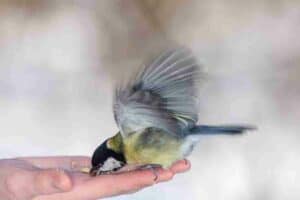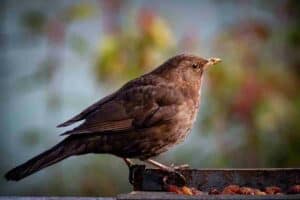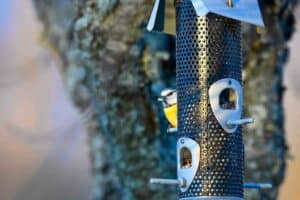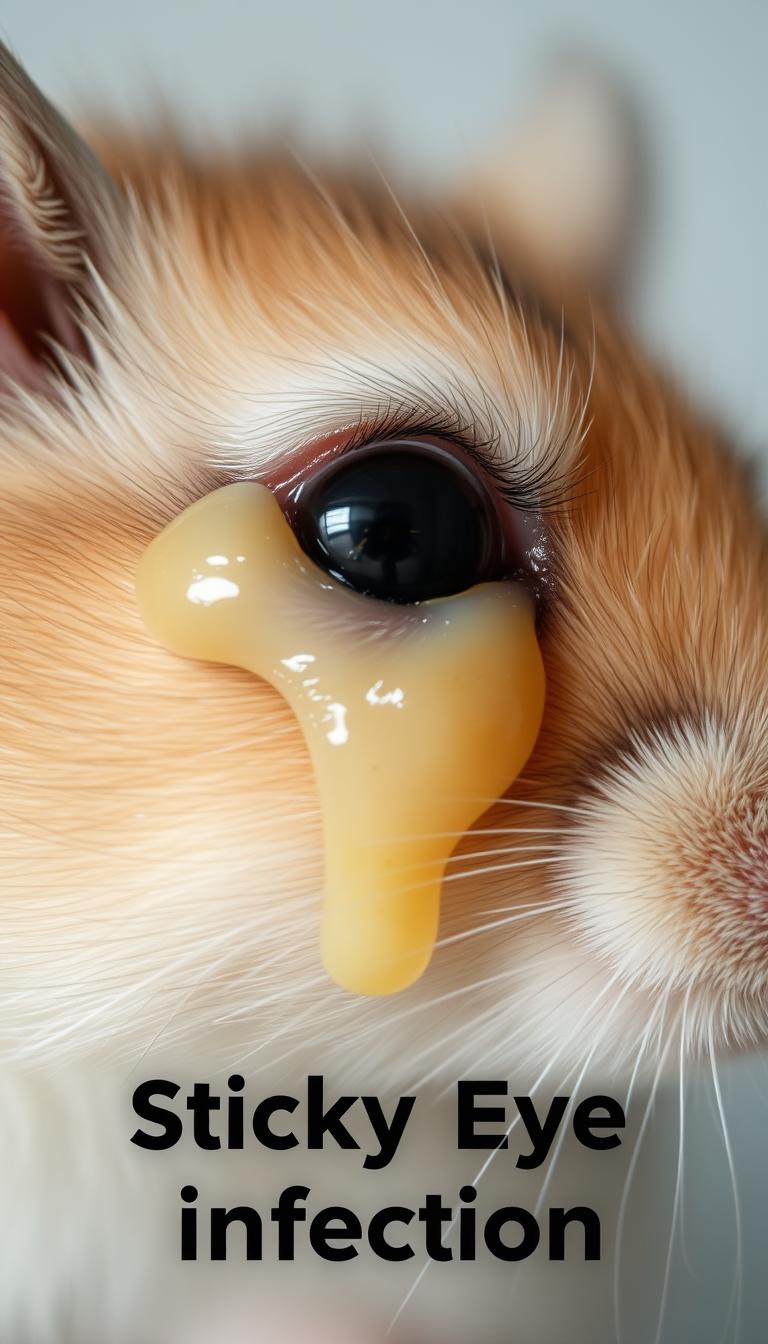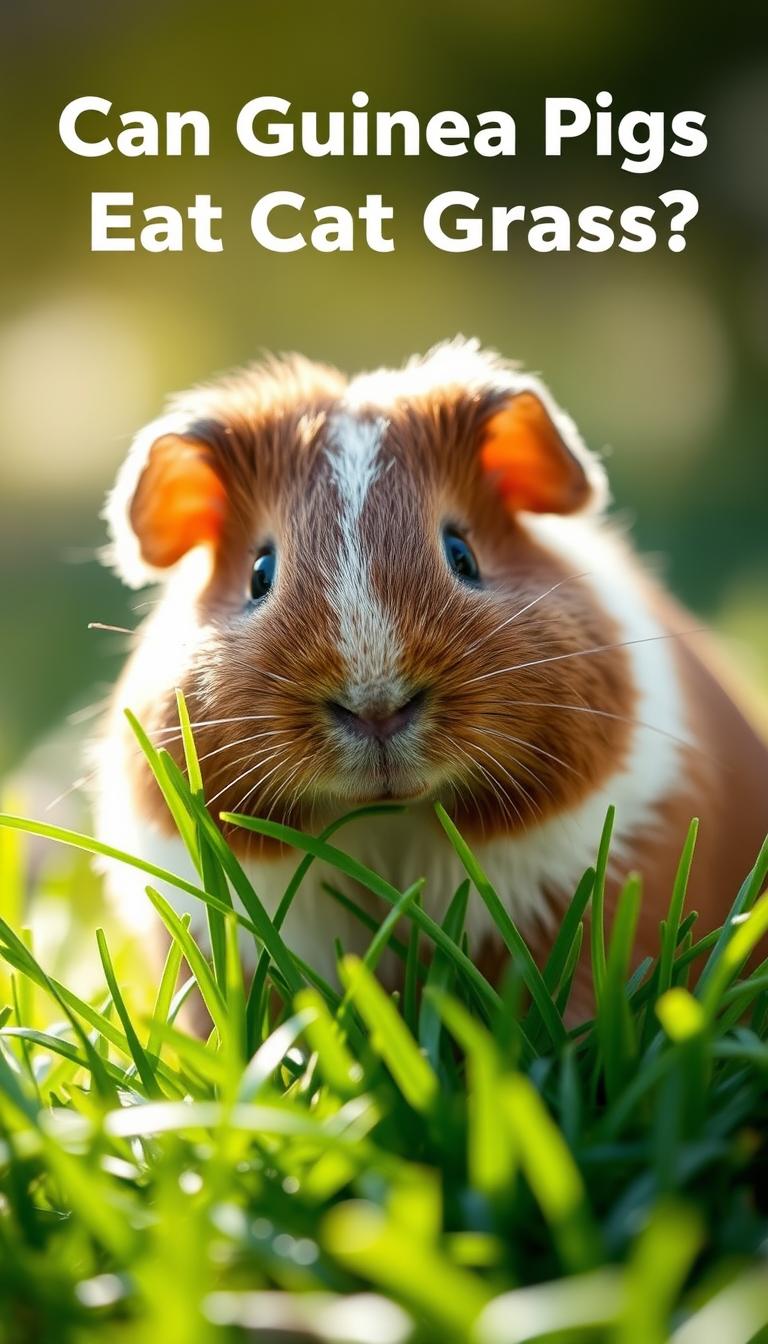Mourning doves may be found almost anyplace, including towns, backyards, and even the midst of the Mojave Desert.
Their geographical locations include southern Canada, the contiguous United States, and northern Mexico. They are primarily drawn to open regions, avoiding locations with dense trees.
These creatures do not often stay awake all night, but they can if necessary.
Mourning doves coo both at night and during the day; the most likely motive for them to coo at night is to attract a mate.
Cooing can also assist mourning doves that choose to mate in communicating at night. If they’re not cooing, they are asleep.

Table of Contents
Why and When Mourning Doves Coo At Night
Mourning doves are diurnal creatures. They are mainly inactive at night and active during the day.
However, they may coo at night on or away from the nest to attract the attention of a mate or potential mate. If they get together, they build a nest and either bird may coo at night to communicate with the other.
Mourning doves also coo to warn other doves of predators, rapid movement, or signal that it is time to nest.
By early March, the mourning dove’s low-pitched, owl-like, melancholy cooing is a familiar sound. It lasts from February through October, with April and August’s best months. Before mating and nest construction, there is a lot of very loud cooing.
Female doves coo, but it’s unusual for them to do so. Males coo more frequently. The males have louder pitches and more pronounced coos than their female counterparts.
When a male is courting, he coos numerous times in a row, and when he is fervent, he coos three to five times each minute. If he is cooing to his partner on the nest, he may only coo once per minute, and it may not be loud.
Females may occasionally bow and coo when selecting a male to be their mate. They also coo to mark their territory and warn other birds to avoid that region. Male doves exhibit similar mannerisms while attempting to attract a possible partner.
When the baby doves grow into fledglings, their father is predominantly the parent that feeds them. The male usually coos to alert the fledglings that he has food.
Each coo is unique to each dove and may be distinguished from other mourning doves and identified by each fledgling. His cooing signals to his fledglings that it is time to eat, allowing them to begin a feeding habit that includes wings flapping and an up-and-down dance motion.
How Mourning Doves Coo
The song of the morning dove is known as the perch coo. Male mourning doves coo in two distinct ways. The longer one is regarded as the song, while the shorter one is regarded as the nest call.
By identifying these two versions, you can know what the doves are up to.
The male perch-coos motionless, as though frozen on his perch. Males might have as many as 12 different cooing perches. Cooing males sit prominently on utility wires, exposed treetops, branches, bushes, and the ground to be spotted by a female.

Males that are yet to mate, perch-coo nearly continuously for around two hours each morning, beginning half an hour before sunrise. They begin again in the afternoon. Males coo less once they find a partner.
The softer, three-noted nest cry is the second series of coos. Each note stands out and goes from low to high to low. This call is only around a second long. Its function is to entice a female partner to a possible nesting place.
It’s also utilized to communicate when it’s time for the male and female to switch shifts with the shared egg incubation chores.
How to Stop Mourning Doves from Cooing
The mourning doves coo sounds a little gloomy or sorrowful, which is how they got their name. If it is your pet, you can add a dove of the opposing gender to keep the other one company.
You can also move its roost outside to see if it can attract a suitable partner. In this situation, you must consider constructing outdoor artificial dwelling quarters for both doves, which may include prospective baby doves.
If the mourning dove is not a pet, you may need to make more strenuous efforts to keep it away. Install a scare device to keep them away.
For this reason, lasers, strobe lights, and ultrasonic gadgets are all available. They are substantially more costly, but they are almost always successful.
You can also attach gleaming items to balcony railings or preferred perching perches like flash tape, shiny foil streamers, and old CDs. They reflect the light, giving the mourning doves the appearance of movement.
Lastly, you can apply gel to the landing and nesting locations. This bird gel is a sticky material that discourages mourning doves from landing. Any non-drying sticky material, such as axle grease, would also work.
Final Thoughts
Mourning Doves use their cooing sound to communicate efficiently with other doves, possible mates, and babies. Cooing is a significant part of mating behavior.
The male coos very persistently before mating. However, once he has found a partner and is nesting, he begins to coo very little or not at all.
However, mourning doves utilize cooing to communicate with one another. They can also coo at night to warn other doves of the presence of a predator.



